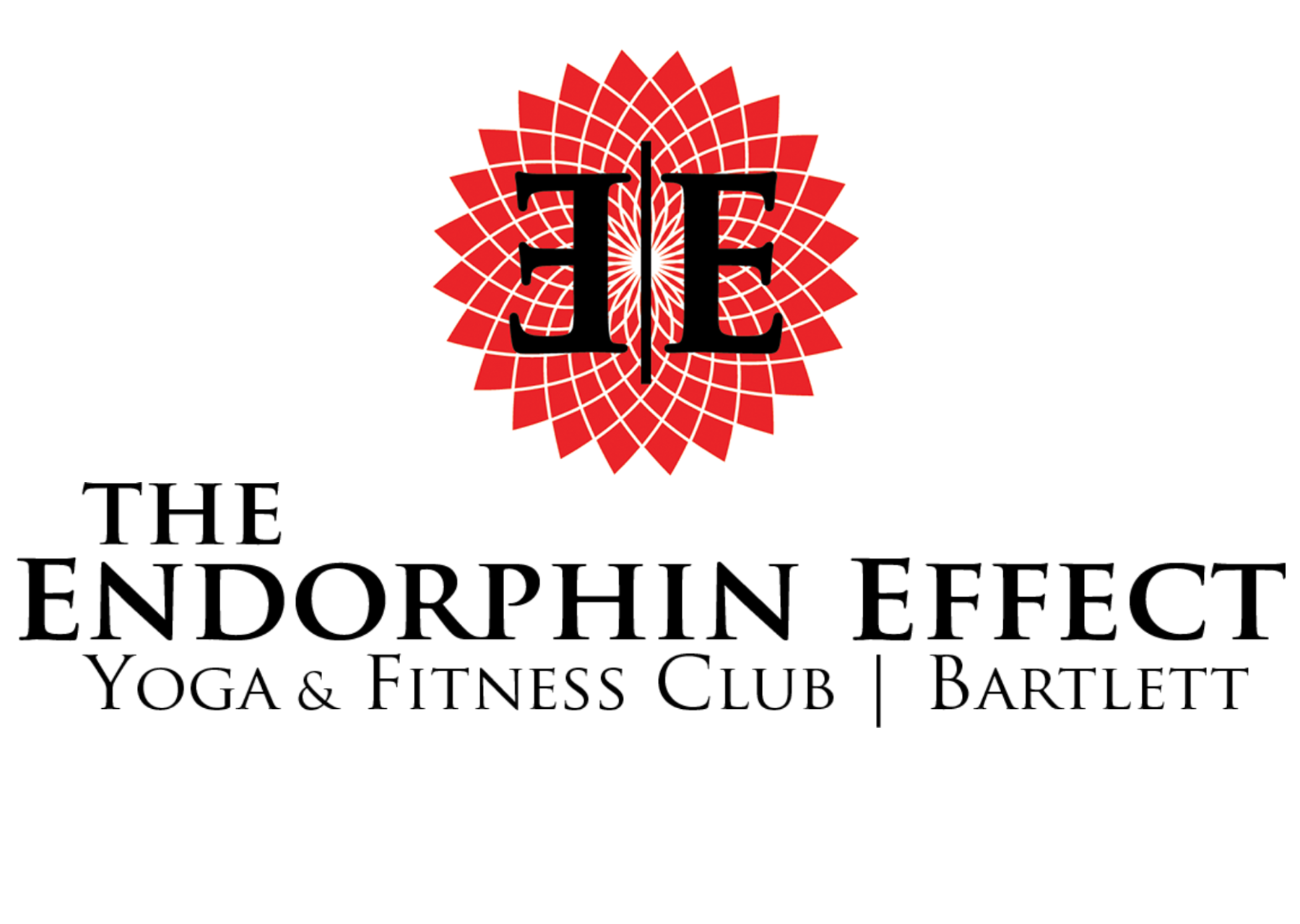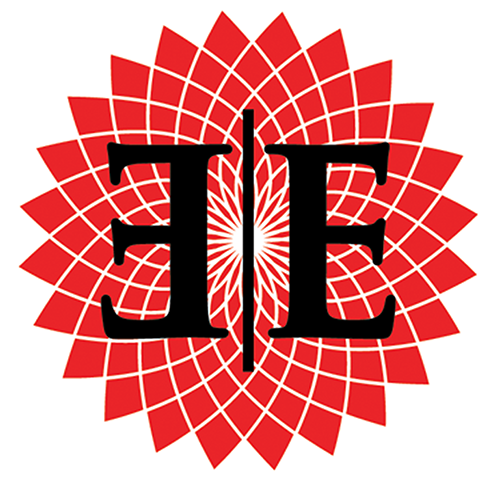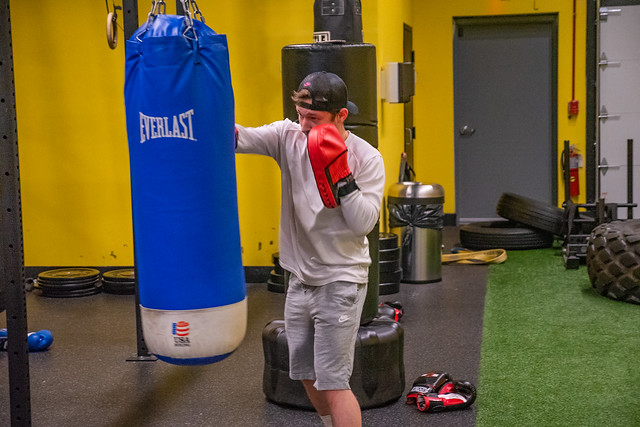Core. Everywhere you look, you’re told to keep it strong and in tact. But what exactly does core strength mean, and what makes it so crucial to your overall health? In this post, we’ll look at why keeping your core strong is so important, as well as some easy ways to do that.
Before we get into the importance of core strength, it’s important to look at exactly what it is. Experts at the Harvard Medical School break it down like this.
The core is a group of muscles that stabilizes and controls the pelvis and spine (and therefore influences the legs and upper body). Core strength is less about power and more about the subtleties of being able to maintain the body in ideal postures — to unload the joints and promote ease of movement. For the average person, this helps them maintain the ability to get on and off the floor to play with their children or grandchildren, stand up from a chair, sit comfortably at a desk, or vacuum and rake without pain. For athletes, it promotes more efficient movement, therefore preventing injury and improving performance. Having a strong or stable core can often prevent overuse injuries, and can help boost resiliency and ease of rehab from acute injury. The core also includes the pelvic floor musculature, and maintaining core stability can help treat and prevent certain types of incontinence.

The benefits of a strong core go far beyond preventing injuries and boosting resiliency. Shape Magazine recently broke down some of the reasons keeping your core nice and strong is crucial. Some of those highlights are below, the entire list can be found here.
Your core is your entire support system
Your core muscles play a huge role in your everyday activities, from getting out of bed, to walking down the street, and bending over to grab your purse-but, most importantly, they literally help you stay upright.
“That’s because your core muscles are the base of support for your entire body,” says Meredith McHale, P.T., D.P.T., regional clinical director at Professional Physical Therapy. They completely surround and support your spine and pelvis and connect your upper body and lower body, effectively transferring forces from one to the other.
Here’s an anatomy refresher: Your abs aren’t just one muscle. The deepest layer of abdominal muscles, and arguably the most important, is your transverse abdominis (sometimes called the “corset” or “Spanx” of the core), which stabilizes your spine and pelvis. Then you have two layers of oblique muscles, which control lateral flexion (think a side bend), rotation, and other spinal movements. Last but not least is the topmost muscle, the rectus abdominis, which runs vertically in the front of your abdomen and is the muscle you see as a six-pack. It flexes your torso forward, like in a crunch.
And when you’re talking about your whole core (versus just your abs), there are even more muscles involved: your pelvic floor muscles, the back muscles that stabilize your spine, and your diaphragm (the main muscle involved in breathing), says McHale.
Core strength is crucial in every movement you do
That stable base is super important when you start moving: “The ab muscles play a dominant role in movement in every plane of motion: sagittal (forward and backward), frontal (left and right), and transverse (rotational),” says Scott Mitsiell, C.S.C.S., strength coach at Soho Strength Lab in New York City.
Even when they don’t seem important, your core muscles are often the first-and most important guest-at the party.
“Typically, the core muscles fire or activate prior to us doing an activity,” says McHale. “Our nervous system anticipates the activity, and braces for support, really, when we go to do anything. If you don’t have that core stability and support acting as a brace or a girdle for your spine, you’re likely going to compensate with other muscles.”
Core exercises can help you reach your fitness goals
Aerobic exercise and muscular fitness are the primary elements of most fitness programs. But to have a well-rounded fitness program, consider including core exercises in the mix as well.
Whether you’re a novice taking the first steps toward fitness or a committed fitness fanatic hoping to optimize your results, a well-rounded fitness program is the best way to reach your fitness goals.
So you may be wondering exactly how to implement core exercises into your personal fitness goals. While we at The Endorphin Effect are ready to help out, here are some suggested methods from Coach Mag of keeping your core in tact.
- Plank
- The definitive core exercise. The plank involves minimal movement but maximal effort, requiring you to support your body on your forearms and toes while holding your body in a straight line from your shoulders to your ankles. You can make it easier by resting on your knees, or harder by extending your arms so you’re supported by your hands
- Boat
- Sit on the floor with your knees bent. Lean back slightly, keeping your back straight, and hold your arms out in front of you as you raise your feet off the ground with your legs together. If you can, extend your legs so they are straight and your body forms a V shape. You can also raise your arms and spread your legs to make the hold harder
- Dumbbell plank drag
- Get into the top press-up position. Put a dumbbell on the ground just to the right of your torso. Reach underneath and across with your left hand to grab the dumbbell and drag it to your left side. Then mirror the movement with your right hand
- L-sit
- Use a pair of parallettes for this core cruncher. Lift and hold yourself up above the parallettes with your arms extended. Extend your legs straight out in front of you so you form an L-shape. Hold it – if you can


